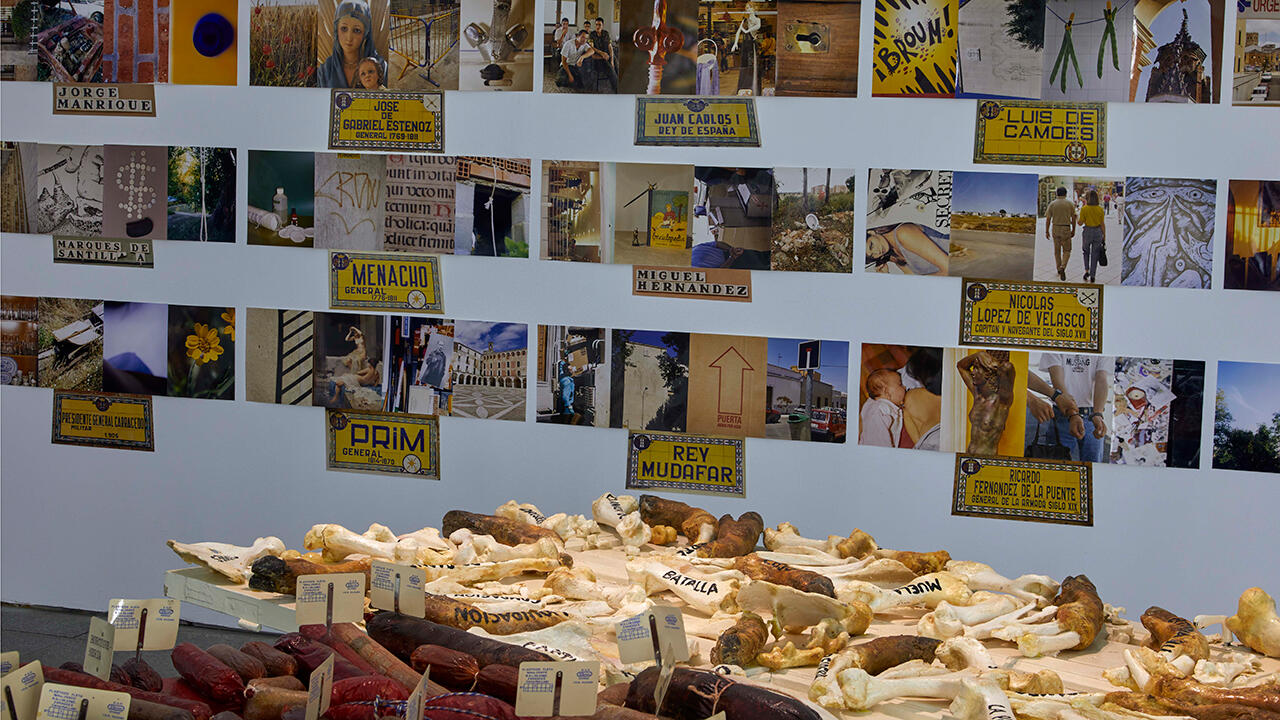Malick Sidibé
Galería Oliva Arauna, Madrid, Spain
Galería Oliva Arauna, Madrid, Spain

‘Don’t you regret not having focused [your camera] on that less amiable face, the face of poverty?’ This query, recently posed by a Spanish journalist to Malick Sidibé, goes a long way to explaining enduring Western presumptions not only about Africa, but also about the narrow aesthetic parameters projected on its varied territories. The African artist, it is assumed, is supposed to trade in the commonplaces of his continent: famine and destitution, distress and revolution. Having begun working in the 1960s, but finding renown only recently, Sidibé’s practice breaks these schemas with the same affable coolness of his sitters.
This is not to say that his pictures are cavalier. They are, for the most part, anything but. Though some of the circumstances in which the photographs were snapped appear casual or offhand (surprise parties, private soirées, city sidewalks), Sidibé’s subjects appear before the camera with notable self-possession and concentration. In these works, Mali’s capital city, Bamako, appears through the faces of its more well heeled denizens. Bourgeois couples in their Sunday best (yes, there is a Mali bourgeoisie); college-age men and women drinking beer at a party; groups of friends on their way to fashionable bals.
In addition to his work carried out throughout the capital, Sidibé opened a street-side studio in 1962, which soon became a focal point of Bamako’s increasingly vibrant social scene, especially after the regime change in 1968. Open until the early morning hours, Sidibé’s studio came to form a kind of laboratory of youthful expression, attracting those who wished to have their portrait taken. In their relative banality and propriety, the small, black and white studio portraits featured in this show possess a decided ordinariness.
But to read in them an unprompted or unpracticed freshness is to miss the mark. ‘Spontaneity is of no interest to the Malian, nor to the African in general,’ Sidibé has remarked. It is perhaps for this reason that the bulk of Sidibé’s oeuvre consists of studio work, focused not on aesthetic aims, but rather made on commission. Alone or in groups, en bourgeois or atop a motorcycle, Sidibé’s sitters appear in the controlled, shallow space of his atelier. The titles frequently attributed to the prints – In front of my fake house, With my hair braided – lend the sitters a first-person agency that enlivens the subject.
Sidibé is off to a late start in the art world, having begun to exhibit only in 1995. Nearly all of his exhibited photographs were only recently printed and signed. But in the wake of winning the Venice Biennale’s Golden Lion in 2007, followed by the Grand Prize of PhotoEspaña 09 (of which this exhibition forms a part), he has clearly made up for lost time. It is precisely the time lost since Sidibé began shooting his pictures – and the consistent but striking form in which it can be found in his prints – that lends his work an air of suspended marvel, particularly to a Western audience. Here is a slice of Africa at ease and leisure, in images captured by an African photographer. If Sidibé’s pictures do not profess some comprehensive representation of a nation and its past, they at least offer an indication of a potentially different future.
























